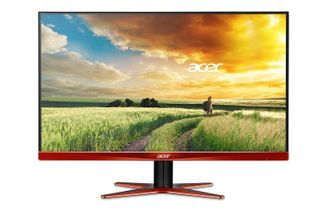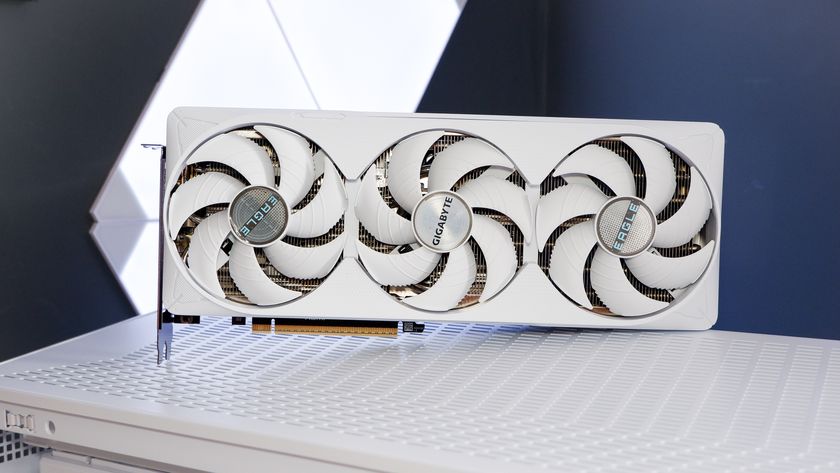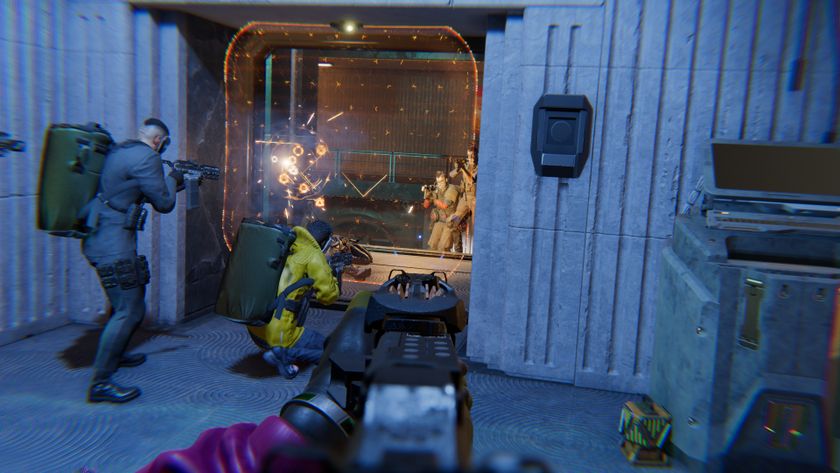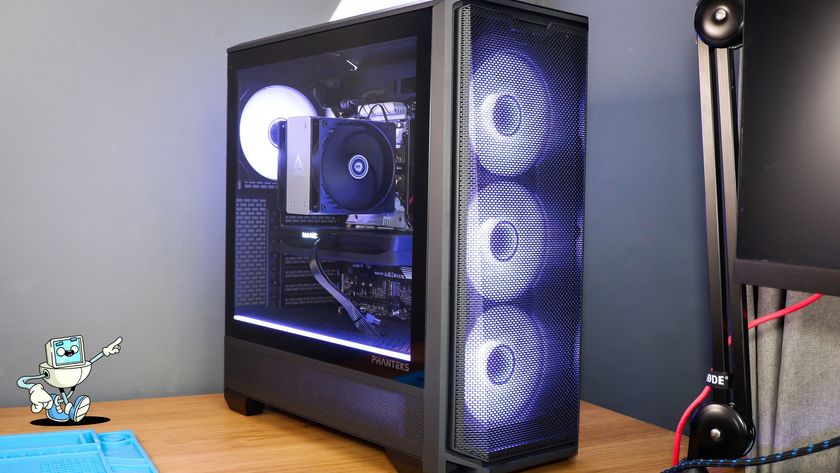Hardware report card: Nvidia vs AMD

Variable refresh technology: G-Sync vs. FreeSync
Nvidia’s G-Sync is a great variable refresh technology. It allows a monitor with a special G-Sync board to sync its refresh rate to the output of an Nvidia graphics card, presenting a smooth framerate from 30-144 Hz (there are some 4K G-Sync monitors that can’t refresh up to 144 Hz, but the technology supports it). It’s a proprietary solution that’s also a bit expensive, as it requires that hardware module installed in the monitor. But variable refresh is a fantastic technology, and once you see the smoothness, it’s very difficult to go back.
AMD has its own solution called FreeSync, which uses the VESA Adaptive Sync DisplayPort standard. G-Sync only works with Nvidia graphics cards, and FreeSync only works with AMD graphics cards. The difference is that FreeSync does not require any added hardware, making it more open and ideally cheaper in the long run.
G-Sync has its own advantages, as this PCPer dissection of the two technologies shows. G-Sync’s dedicated hardware gives it an edge at low refresh rates, and Nvidia also recently introduced G-Sync support on laptop screens and added support for windowed mode. Nvidia is also ahead of AMD in monitor availability, but there are more monitors featuring both technologies on the way.
Both technologies are a great improvement to your gaming experience.
Nvidia: A-
G-Sync’s technology is more powerful and there are currently more monitors available, but at a higher price.
AMD: B+
FreeSync is currently a slightly more limited technology, but monitors are available at better prices.
Conclusion
AMD's big play with the Fury X and High Bandwidth Memory have at least brought them back into relevant competition with Nvidia, but there's still a lot of work left to do. The 300 series cards are rebrands of older cards with great prices and some nice bumps in VRAM, but none of the architectural or power improvements of Nvidia's graphics cards. Hardware-wise, AMD's next six months look promising, with several more Fury cards on the way.
The biggest gaming news, reviews and hardware deals
Keep up to date with the most important stories and the best deals, as picked by the PC Gamer team.
Software remains Nvidia's real strength. Their drivers are simply better than AMD, and they're updated more frequently. The GeForce Experience is a great piece of software, and AMD Gaming Evolved is not. AMD needs to up its driver game to improve frametimes in demanding games and get day-one drivers ready for major releases.
Unfortunately, both companies are likely to continue to make exclusive deals with game developers to optimize their game for one graphics company or the other, which is bad for PC gaming as a whole. More optimistically, the benefits of High Bandwidth Memory will have an even bigger impact on graphics cards as AMD and Nvidia adopt HBM 2.0 in the future—hopefully in 2016. AMD needs to continue improving its drivers and capitalize on its early start with HBM before Nvidia comes out with its own implementation.
Report card table of contents
The graphics cards
Graphics driver updates and performance
Graphics driver software
Exclusive features: Gameworks and TressFX
FreeSync vs. G-Sync

Wes has been covering games and hardware for more than 10 years, first at tech sites like The Wirecutter and Tested before joining the PC Gamer team in 2014. Wes plays a little bit of everything, but he'll always jump at the chance to cover emulation and Japanese games.
When he's not obsessively optimizing and re-optimizing a tangle of conveyor belts in Satisfactory (it's really becoming a problem), he's probably playing a 20-year-old Final Fantasy or some opaque ASCII roguelike. With a focus on writing and editing features, he seeks out personal stories and in-depth histories from the corners of PC gaming and its niche communities. 50% pizza by volume (deep dish, to be specific).












